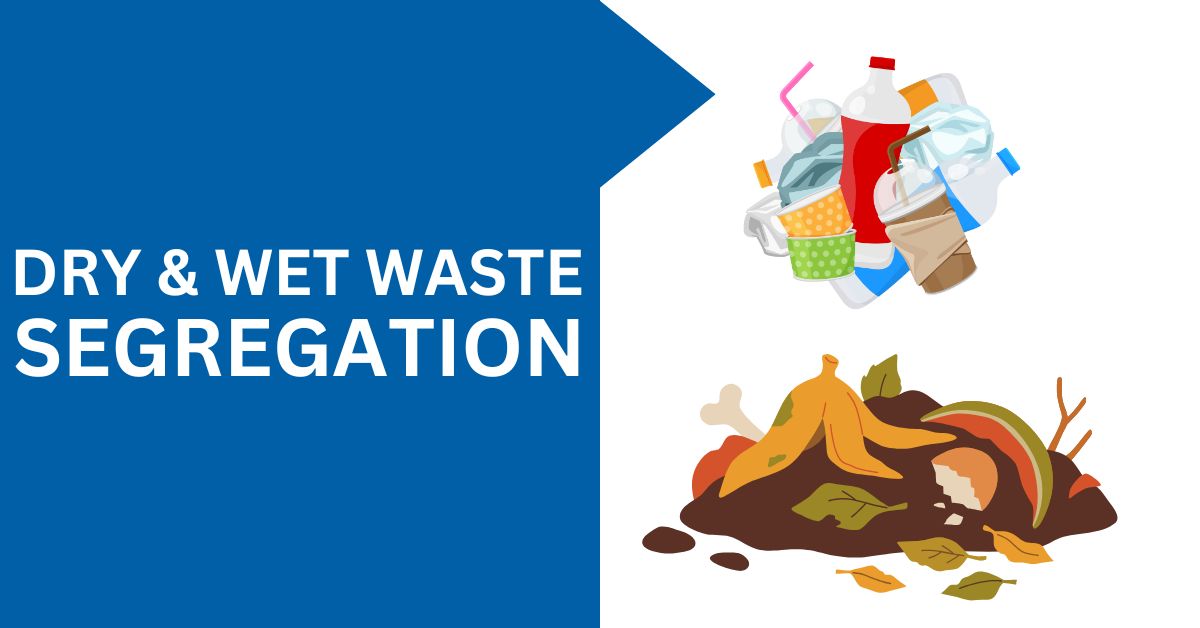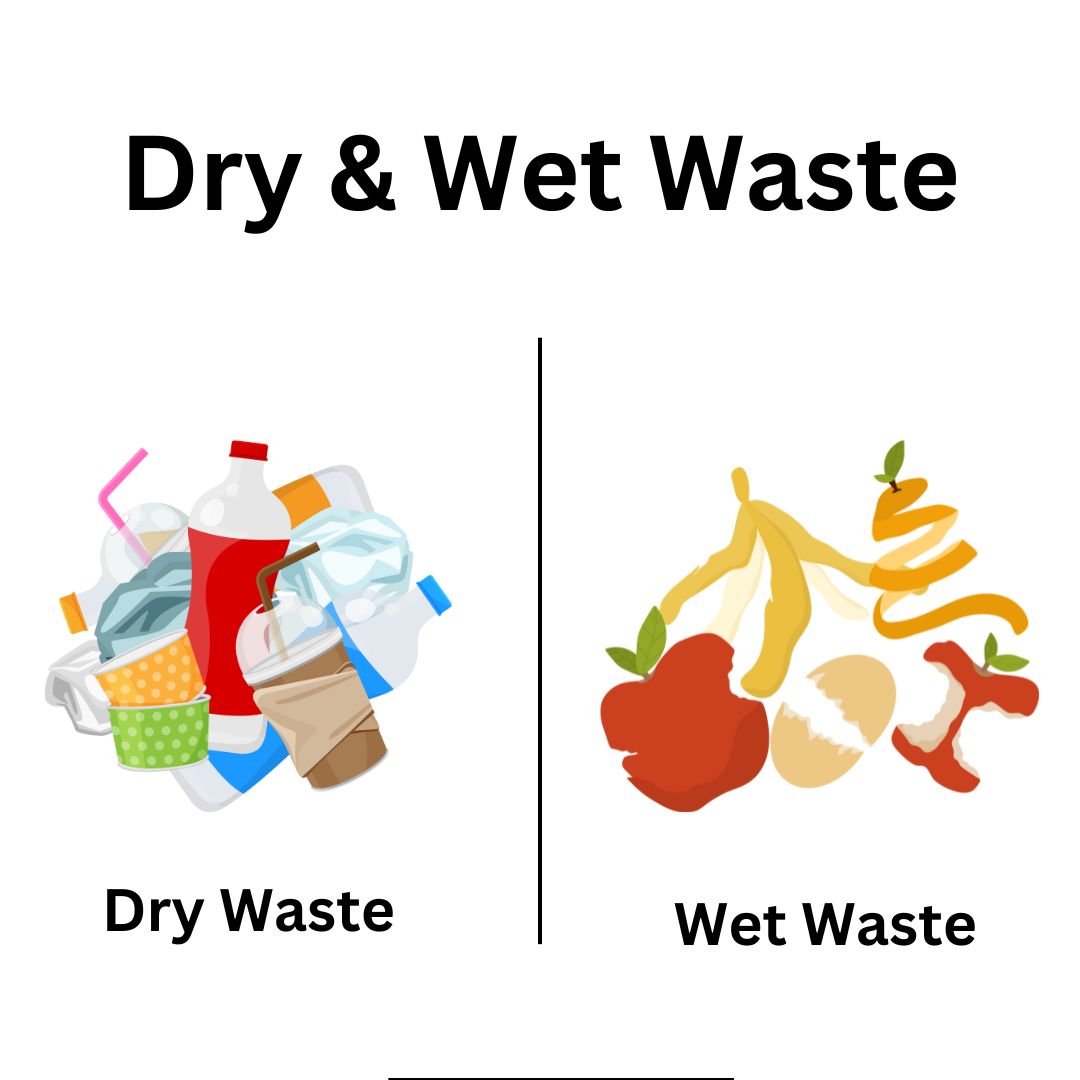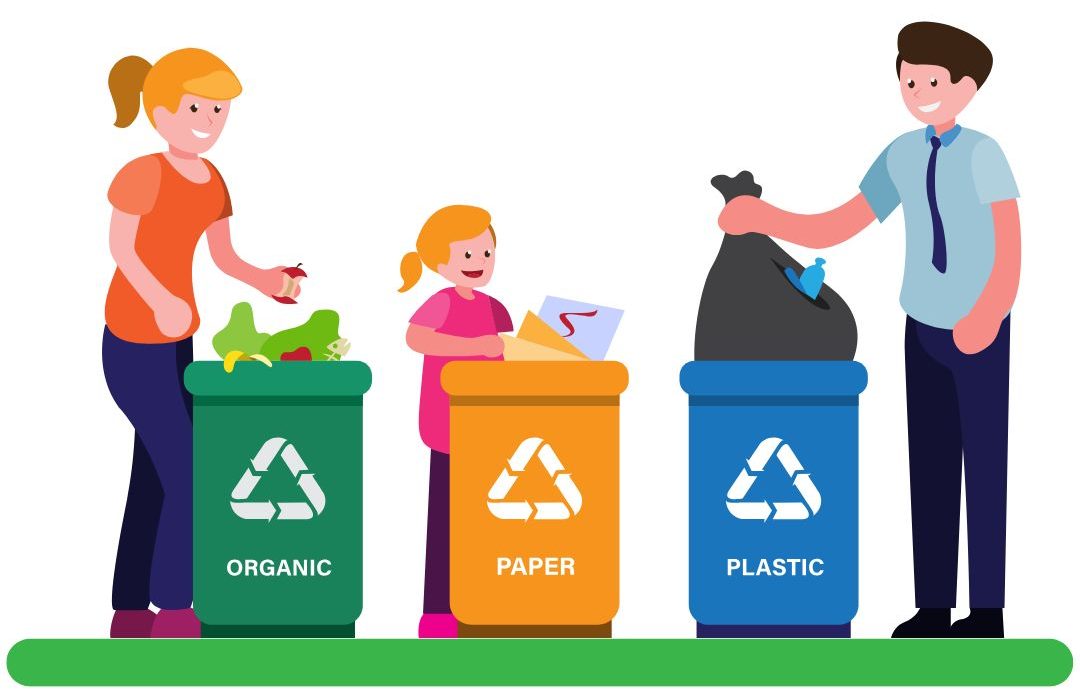Introduction
Did you know that sorting your trash can make a massive difference to the planet? Dry and wet waste segregation is not just an eco-friendly practice; it’s a necessity in our fight against pollution, overfilled landfills, and environmental degradation. In this article, we’ll dive deep into why this practice matters, how you can adopt it, and its broader impact.
Understanding Dry and Wet Waste What is Dry Waste?
What is Dry Waste?
Dry waste refers to materials that are non-biodegradable and can often be recycled.
Examples:
- Paper, cardboard, and packaging materials.
- Plastics, metals, and glass.
- Old clothes, shoes, and e-waste like batteries.
Characteristics:
Dry waste is lightweight, durable, and often takes a long time to decompose.
What is Wet Waste?
Wet waste comprises biodegradable materials that decompose quickly.
Examples:
- Vegetable peels, food scraps, and tea leaves.
- Garden waste like dried leaves and flowers.
Characteristics:
Wet waste is organic, heavy, and often has moisture content.
Why is Waste Segregation Necessary?
 Impact on the Environment
Impact on the Environment
Mixing wet and dry waste renders both unrecyclable, leading to excessive landfill use. Segregation ensures that each type of waste is processed correctly.
Benefits of Segregation
- Promotes recycling, saving raw materials.
- Helps in composting wet waste, reducing greenhouse gas emissions.
- Aligns with local laws and civic responsibilities.
Methods of Waste Segregation
Segregation at Source
The best place to start is at home. Use separate bins for dry and wet waste, ensuring they never mix. Schools and offices can also lead by example.
Tools and Techniques
Color-coded bins are a simple yet effective tool. Community programs can distribute these bins to encourage collective efforts.
Challenges in Waste Segregation
Despite its importance, challenges like lack of awareness, inadequate infrastructure, and resistance to change persist. Tackling these issues requires effort from all stakeholders.
Benefits of Proper Waste Segregation
 Environmental Benefits
Environmental Benefits
- Reduced landfill overflow.
- Enhanced recycling, conserving resources.
- Why RECYCLING is important for you ?
Economic Benefits
- Selling recyclable materials generates revenue.
- Saves municipal costs on waste processing.
Health Benefits
- Cleaner environments reduce disease spread.
- Improves air and water quality.
Role of Government and Civic Authorities
Governments play a crucial role by enforcing segregation policies, launching educational campaigns, and collaborating with NGOs for widespread impact.
Role of Individuals and Communities
Each individual’s effort matters. Responsible waste habits, local drives, and community projects amplify the impact of waste segregation.
Innovative Solutions for Waste Segregation
Technology in Waste Management
AI systems can now identify and sort waste with precision. Mobile apps guide users on proper segregation practices.
Smart Cities and Sustainable Practices
Incorporating waste segregation into urban planning ensures that sustainability is at the core of development.
Success Stories Around the World
Cities like San Francisco and Singapore have achieved remarkable success through consistent segregation practices, inspiring others to follow suit.
Steps to Start Segregating Waste at Home
Setting Up a Waste Management System
- Use two bins: one for dry and another for wet waste.
- Educate family members about what goes where.
Conclusion
Segregating waste might seem small, but its ripple effect is enormous. By separating dry and wet waste, you’re not only saving resources but also creating a healthier planet. So, why wait? Start today!
FAQs on Dry and wet waste segregation
- What are the main types of waste that need segregation?
Dry and wet waste are primary categories, but hazardous and recyclable waste also need sorting. - How does waste segregation impact recycling efforts?
It prevents contamination, ensuring better quality recyclables. - Can small communities implement effective segregation systems?
Absolutely! With basic tools and collective efforts, any community can succeed. - What are some low-cost methods to start segregating waste?
Use old buckets as bins, and educate through free workshops or online videos. - How can schools and offices encourage waste segregation?
By placing clear signage on bins and conducting regular awareness sessions.




